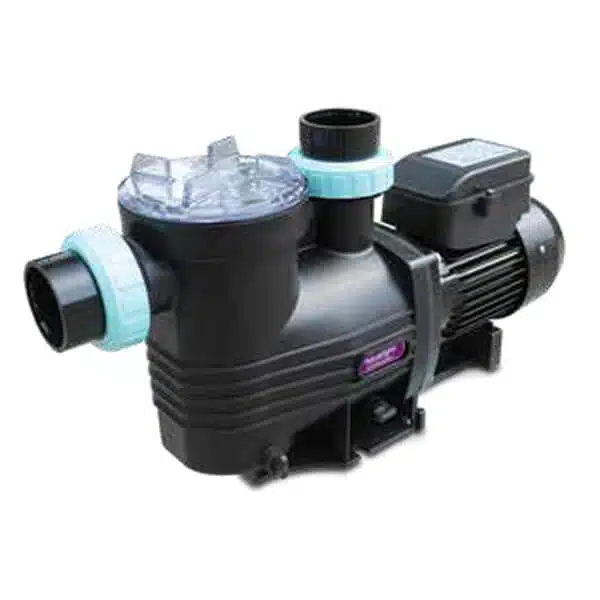- Fast Delivery Available!
- 211 Stirling Highway, Claremont, WA 6010
- 0412 561 620
- 0481 102 649
- Email Nicole
If you’re in the market for a reliable, cost-effective way to circulate your pool water, a single-speed pool pump might seem like the obvious choice. But not all single-speed pool pumps are created equal. Here’s what you need to know before you buy.
A single-speed pump runs at one constant speed whenever it’s on. That means it’s either off or going full throttle, using the same amount of energy the entire time.
They’re simple, affordable upfront, and often the go-to for basic backyard pools. But with rising energy costs and growing demand for energy-efficient solutions, they’re not always the best long-term investment.
Despite their limitations, single-speed pool pumps still make sense in a few situations:
In these cases, a single-speed pump can be a decent, no-fuss option.
Not all pumps are equal, even within the single-speed category. Look for:
Use this rough guide:
Still unsure? Use your pool volume to calculate required flow rate, and match that to the pump’s spec sheet.
Pros:
Cons:
If you’re running your pump for long hours or want to reduce power bills, energy saving pool pumps (like variable speed models) are worth the higher upfront cost. Over time, they often pay for themselves.
A pump that’s too big wastes power. Too small, and your water quality suffers. At Best Price Pool Equipment, we help you choose the right pump for your pool and your budget.
Need help choosing a single-speed pump? Contact our team today.

"*" indicates required fields
"*" indicates required fields